Al on Observations and Cover Crops
Update May 14, 2006 - Google cache links replaced with active.
Update June 16, 2005 - 3 pics added
Update June 15, 2005 - 4 pics added
Update June 9, 2005: Link to Melanie Watts' blog refering to this entry.
Two Canadian based websites - and probably many more around the world - promote the use of White Clover in lawns:
Consider Clover Campaign
Their brochure: http://www.pesticidefree.ca/Clover.PDF
Establishing White Clover in Lawns
White Clover: Weed or the Most Valuable Species?
White clover is an important species in temperate and subtropical pastures worldwide.[V39] In the turf industry, however, it is viewed as a weed. An 805 page volume on turfgrass science published in 1992, mentions white clover only twice, and only as a weed.[L24] It was not always so. Dr. R. Milton Carleton , who introduced the herbicide 2,4-D to the turfgrass industry, made the following comments in 1957: The thought of White Dutch Clover as a lawn weed will come as a distinct shock to old-time gardeners. I can remember the day when lawn mixtures were judged for quality by the percentage of clover seed they contained. The higher this figure, the better the mixture...I can remember the loving care which old-time gardeners gave their clover lawns. The smug look on the face of the proud homeowner whose stand was the best in the neighborhood was really something to behold. (In New Way to Kill Weeds by R. Milton Carleton, 1957. Arco Publishing Co., N.Y.)
Regardless of its low status in turfgrass science, naturally seeded white clover still shares the stage with grasses in mowed parklands and in institutional and residential settings where herbicides have not been used regularly.
These great expanses of turf receive little watering and little or no fertilizer yet hold their greenness and withstand the trampling of many feet. The robustness of these systems is in large part due to the presence of both grass and clover and the synergistic interactions between them.
Plants For A Future says you can eat it!
Edible Uses Condiment; Flowers; Leaves; Root; Tea.
Leaves - raw or cooked as a potherb[13, 94, 183]. The young leaves are harvested before the plant comes into flower and are used in salads, soups etc[9]. They can also be used as a vegetable, cooked like spinach[9]. The leaves are best cooked[172].
Flowers and seed pods are dried, ground into powder and used as a flour or sprinkled on cooked foods such as boiled rice[183]. Very wholesome and nutritious[115]. The young flowers can also be used in salads[144, 172, 183].
Root - cooked[172, 177].
The dried leaves impart a vanilla flavour to cakes etc[172].
Dried flowering heads are a tea substitute.
My images to date:
16 June 2005 - at 20th and Cambie
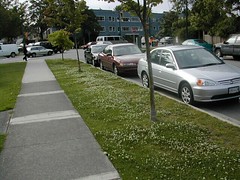
15 June 2005 - at 10th and Ontario
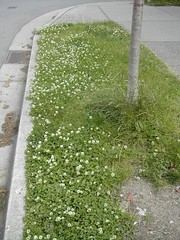
15 June 2005 - a long view at 10th and Ontario
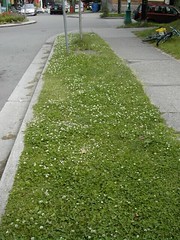
10 June 2005 - On the south side of a mini-mall driveway entrance near 6th and Willow.
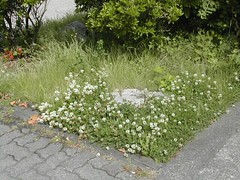
16 June 2005 - After cutting
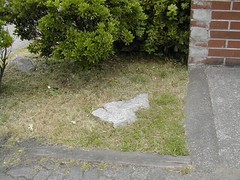
10 June 2005 - On the north side near 6th and Willow.
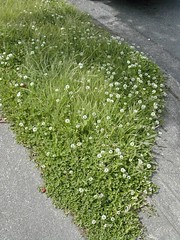
16 June 2005 - After cutting:
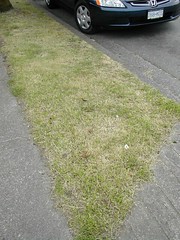
01 June 2005 - A clover patch near on BC Women's Hospital
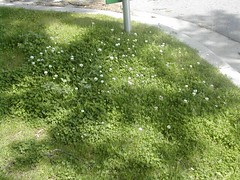
01 June 2005 - A clover lawn near on 10th Ave near Oak St
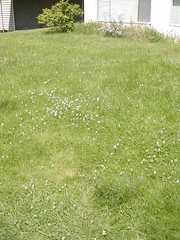
22 May 2005 - A clover field in the heart of the city. The site of a church burned down at 10th and Quebec.
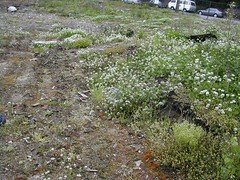
A closeup view

A view from the opposite side
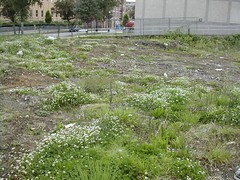
Technorati Tags: vancouver, urban, gardening, cover+crop, clover, edible, lawn+alternative
